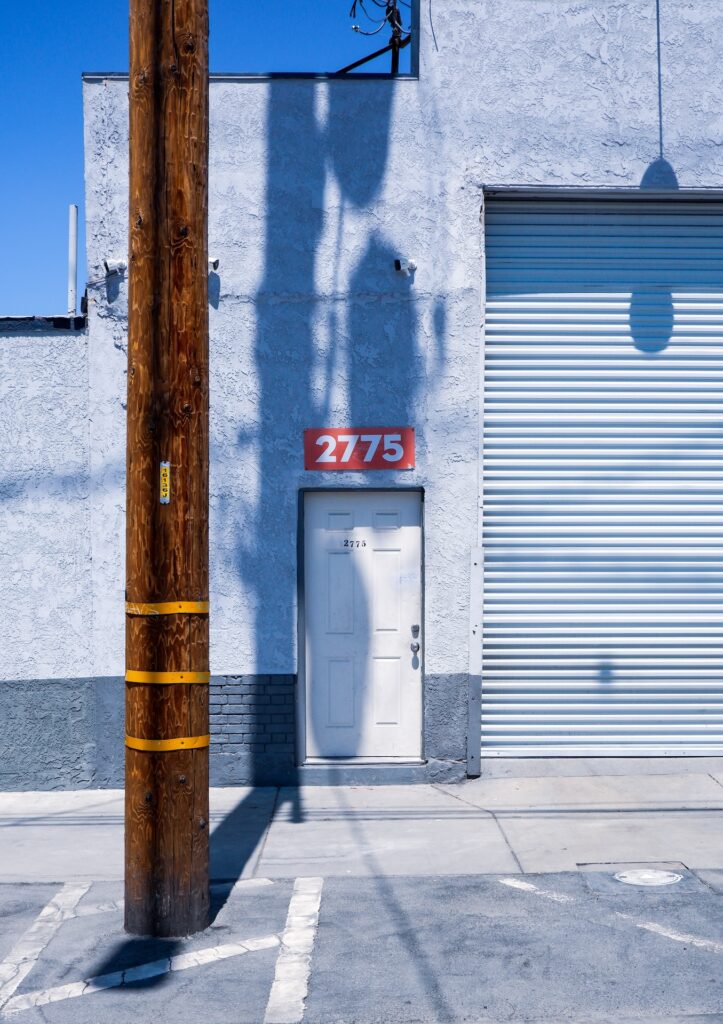Alark Hard Chrome
2775 Main St. Riverside, CA
33° 57′ 12.0600” N
117° 23′ 46.1616” W
1984-present
2000-NPL Listing
Alark operated from 1971 to 1985. In 1982, Riverside County Health Department
discovered soil contamination on site. The site’s potentially responsible
parties were ordered to investigate the full extent of contamination at the
site. All plating equipment and indoor storage tanks were removed from the site
when the Riverside County District Attorney Office permanently closed Alark’s
operations in 1985. During the 1980s, site potentially responsible parties
conducted investigations and in 1986 began an unauthorized removal of soil, which was stopped by the California Department of Toxic Substances Control (DTSC). In 1990, DTSC took over the site
investigation. In December 2000, EPA placed the site on the Superfund program’s
National Priorities List (NPL). Site investigations and cleanup planning are ongoing.
Plating facilities are notoriously heavy polluters. I have been to numerous old plating facilities around the country and they all leave destruction and a decaying landscape. Often the soil around the facilities like many Superfunds must be dug up and transported to special landfills. Alark is just a door. Everything is contained inside and there is no precent threat of toxins making contact with humans, but by the numbers this is one of the highest polluted sites in the State.
Toxins:
Chromium
Lead
Nickel
Cyanide
TCE
All hexavalent chromium compounds are considered carcinogenic to workers. The risk of developing lung, nasal, and sinus cancer increases with the amount of hexavalent chromium inhaled and the length of time the worker is exposed. Studies of workers in chromate production, chromate pigment, and chrome electroplating industries employed before the 1980s show increased rates of lung cancer mortality. Certain hexavalent chromium compounds produced lung cancer in animals that had the compounds placed directly in their lungs.
